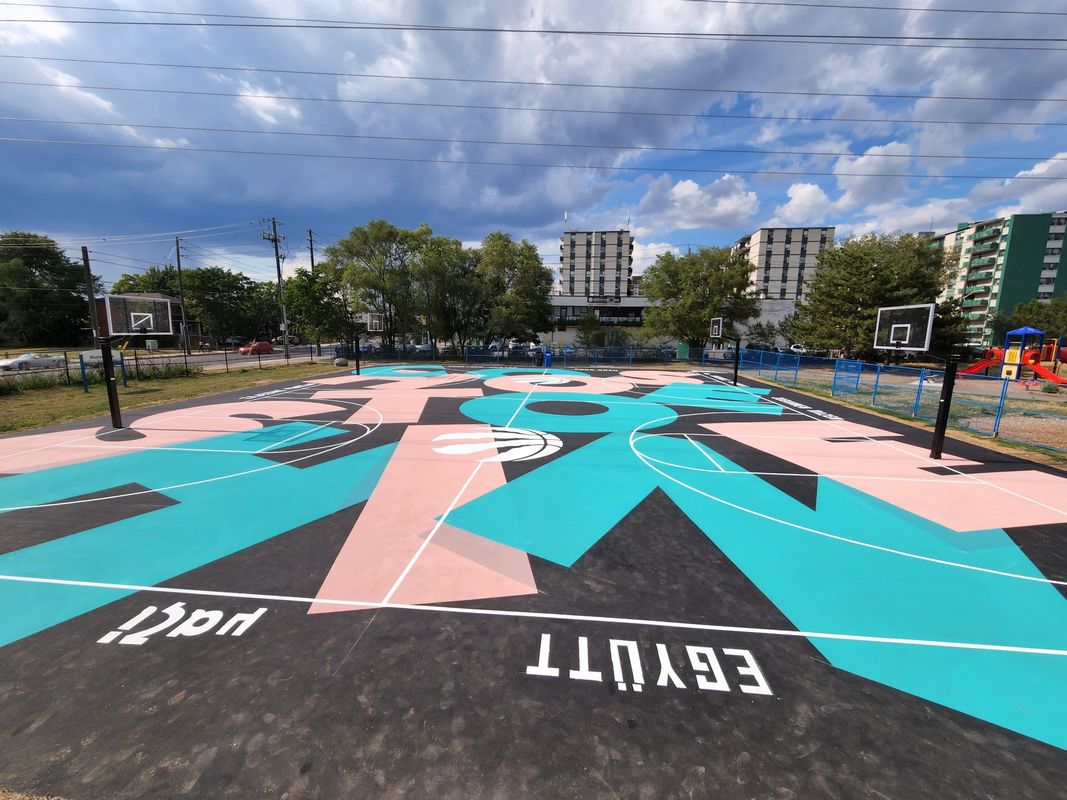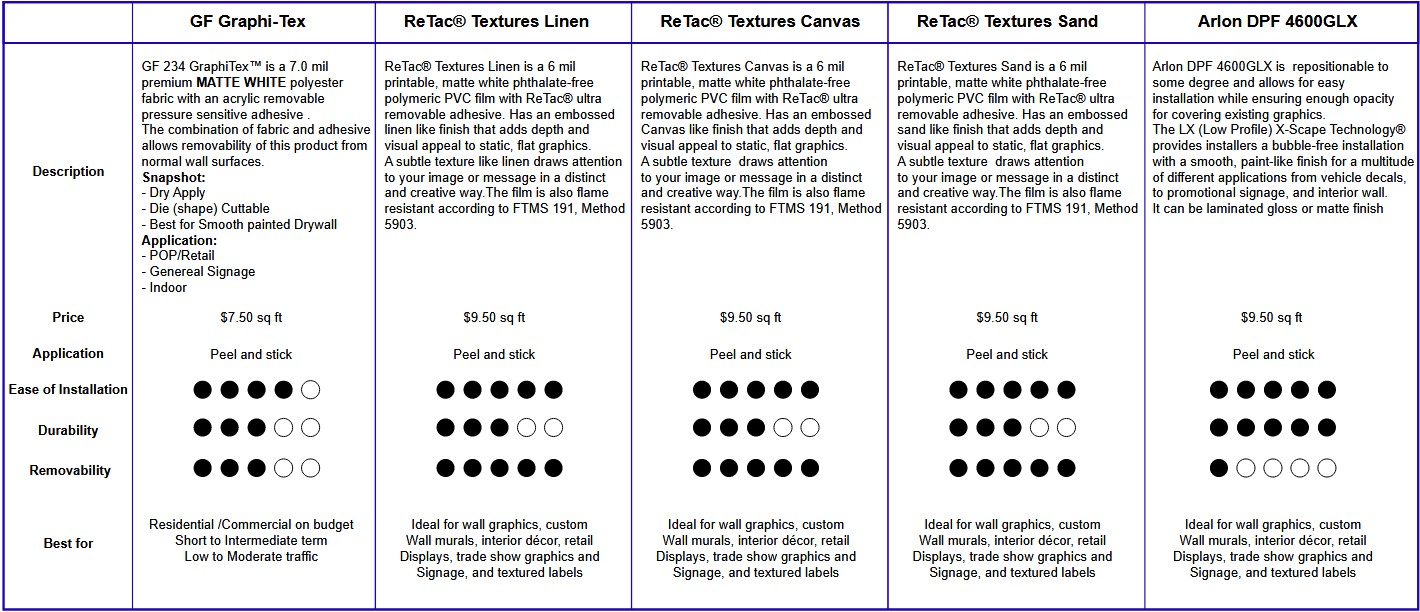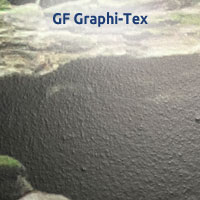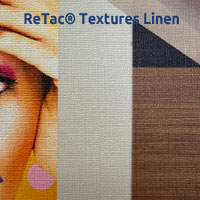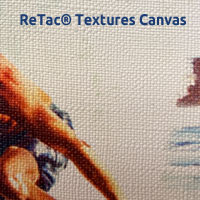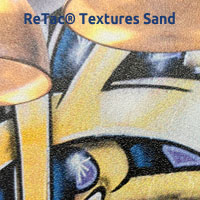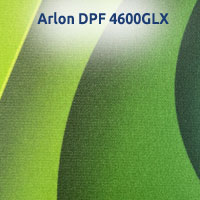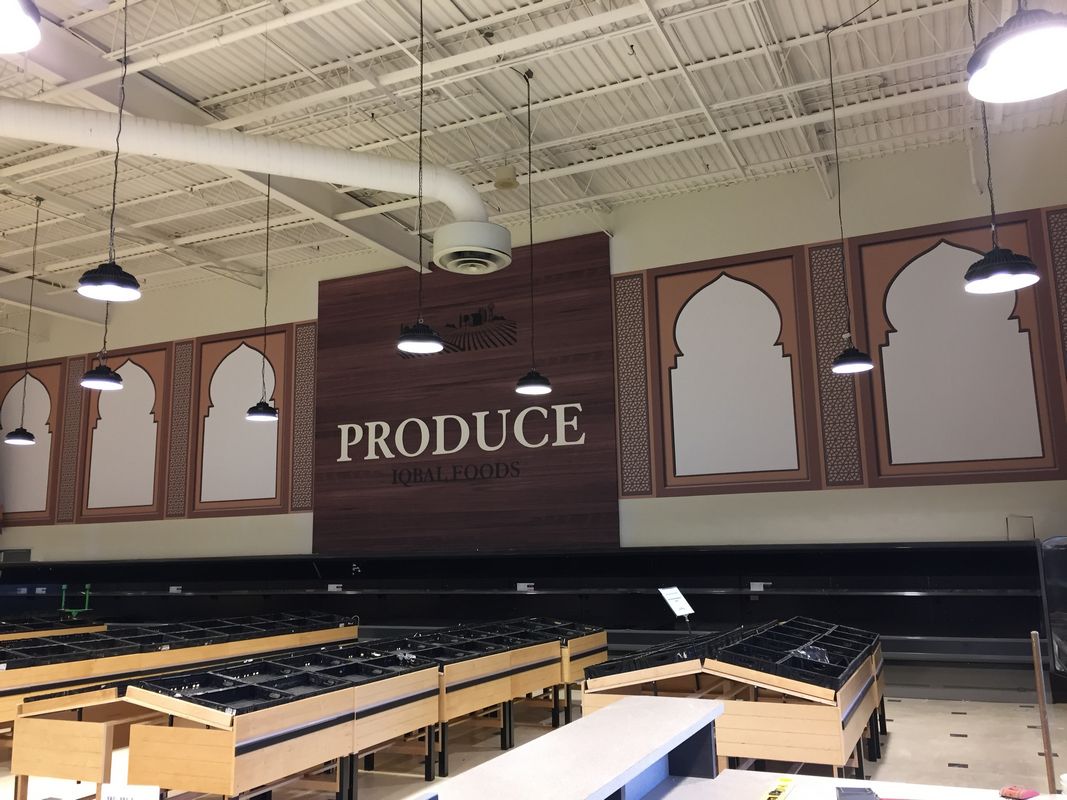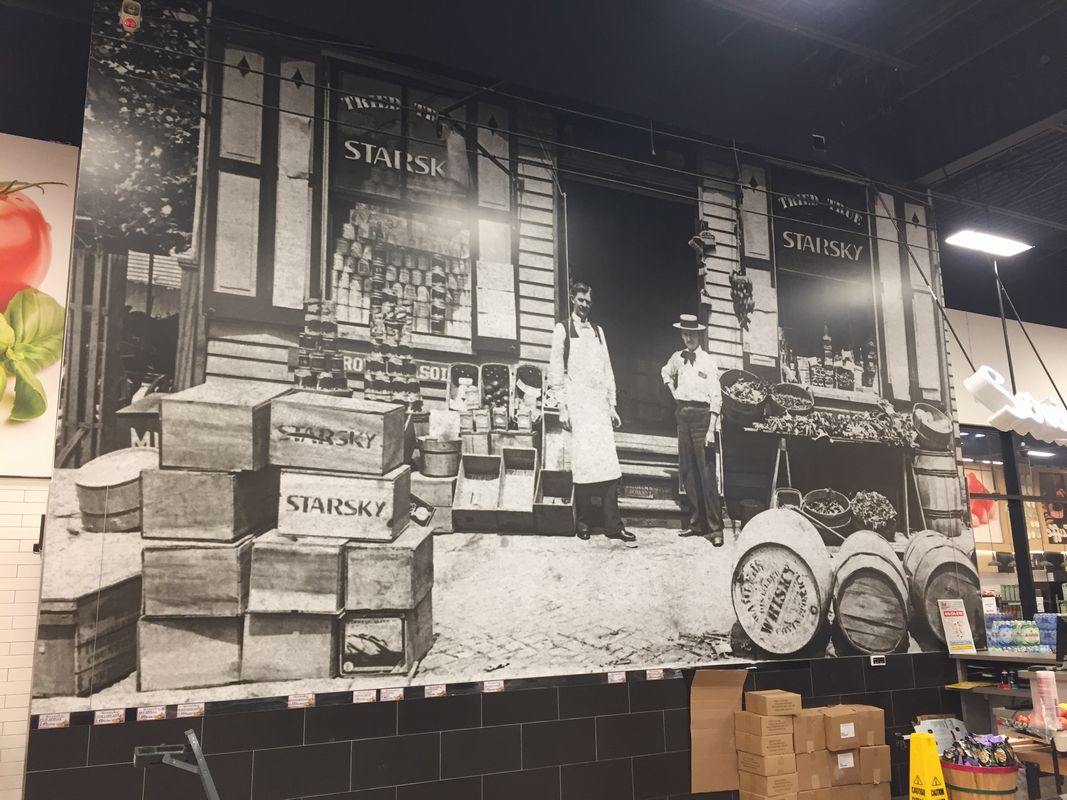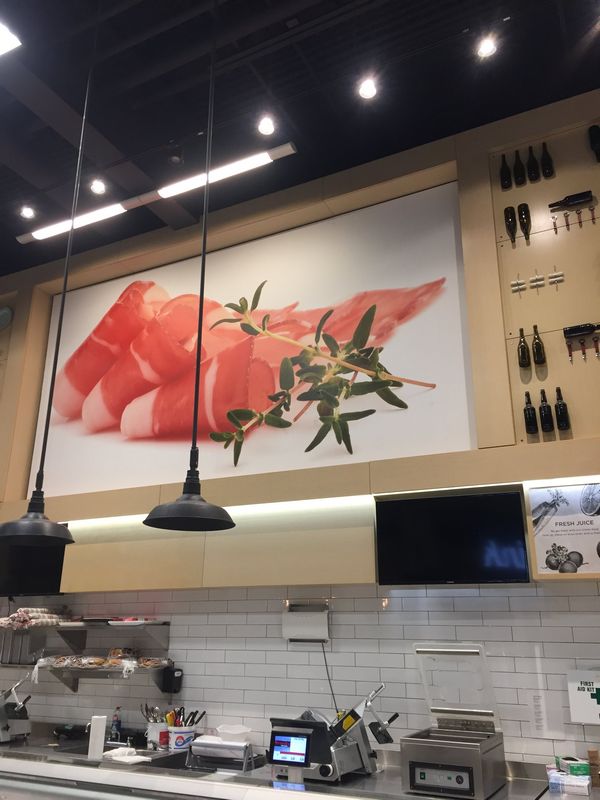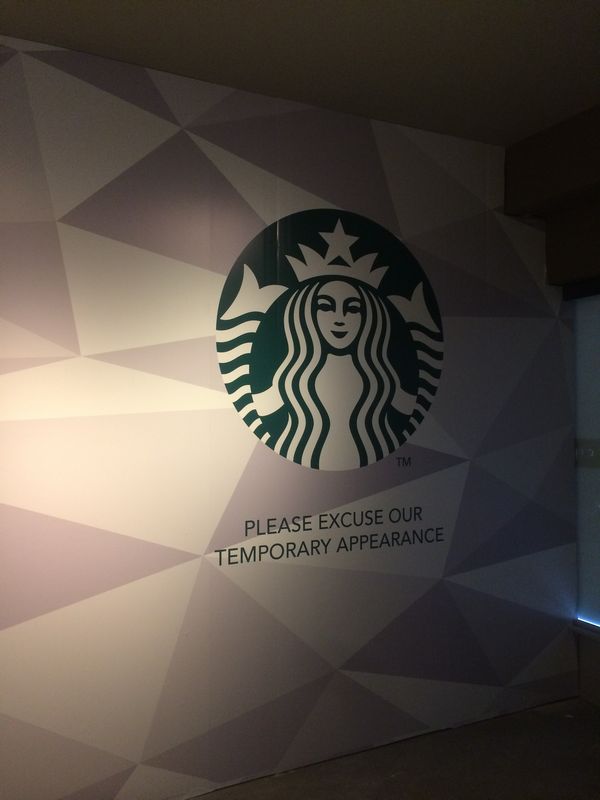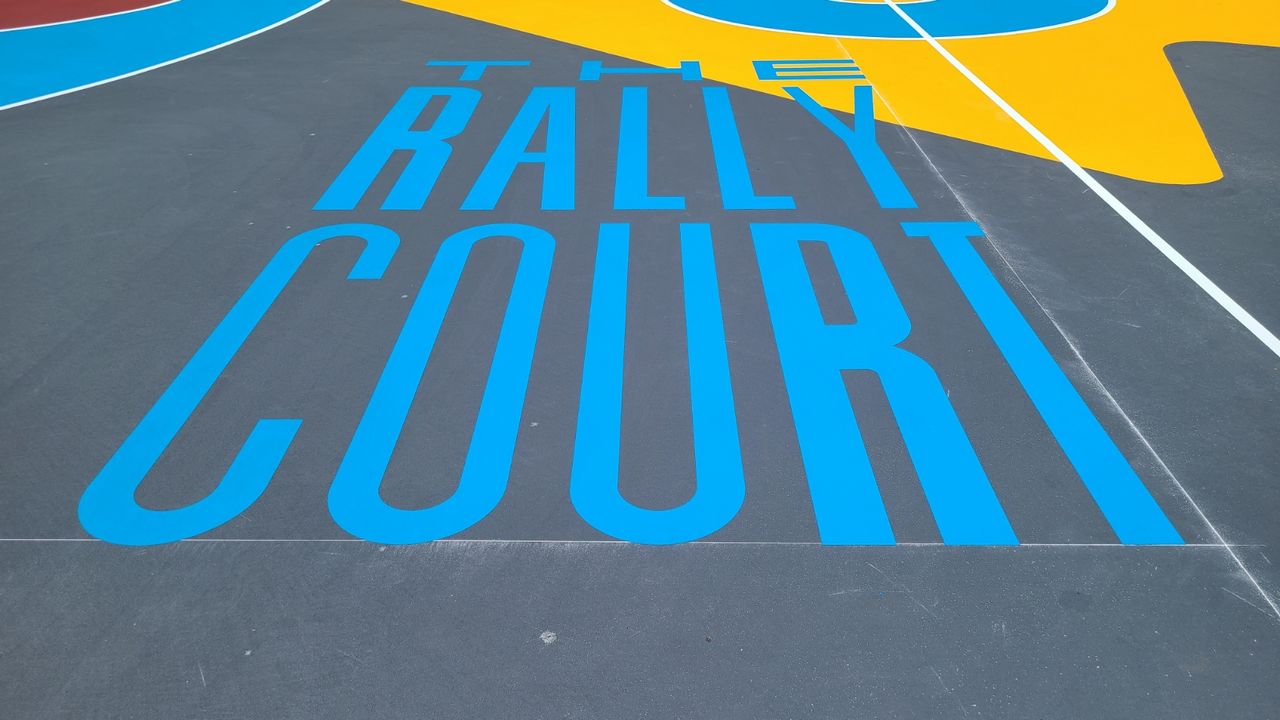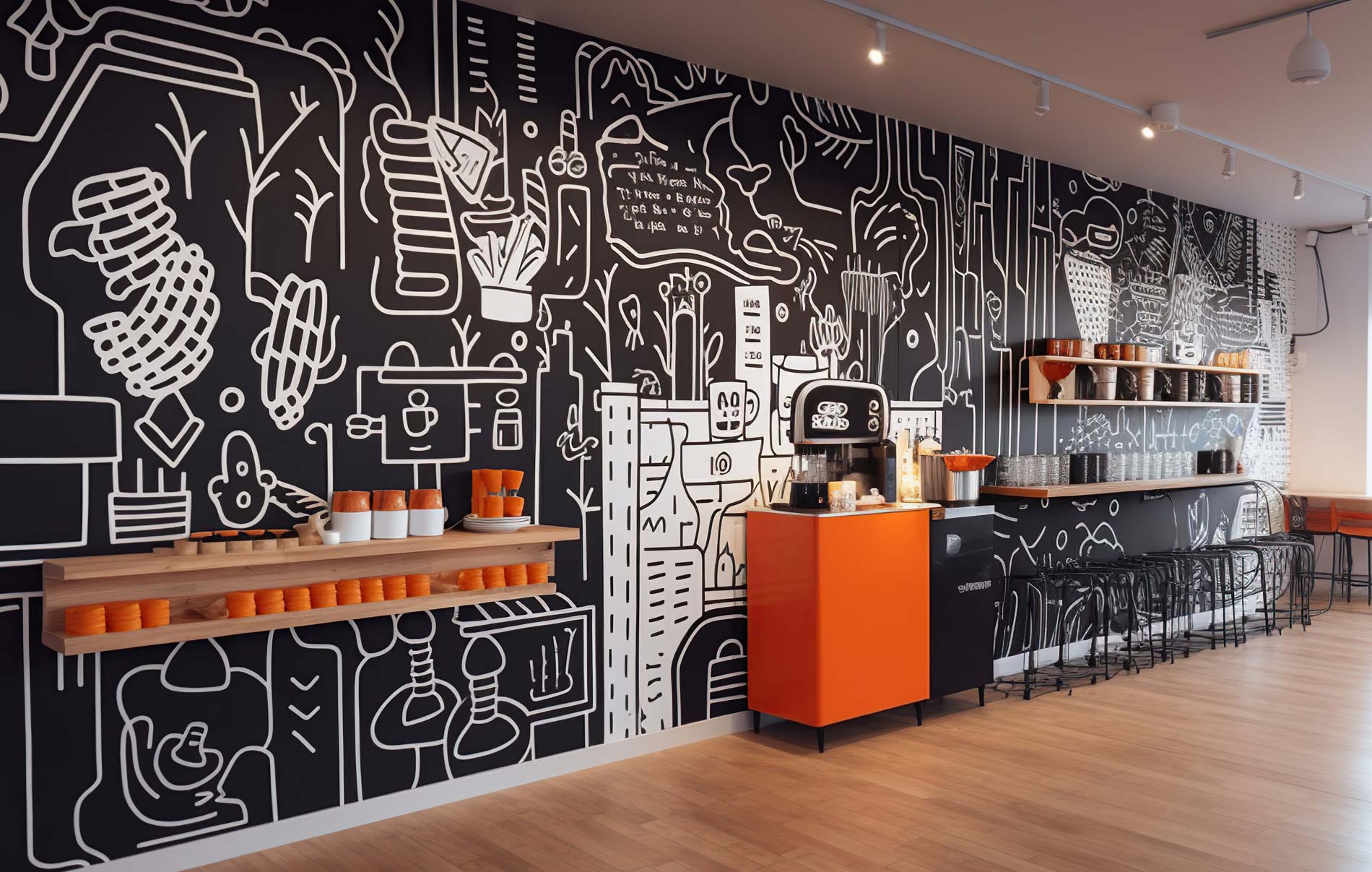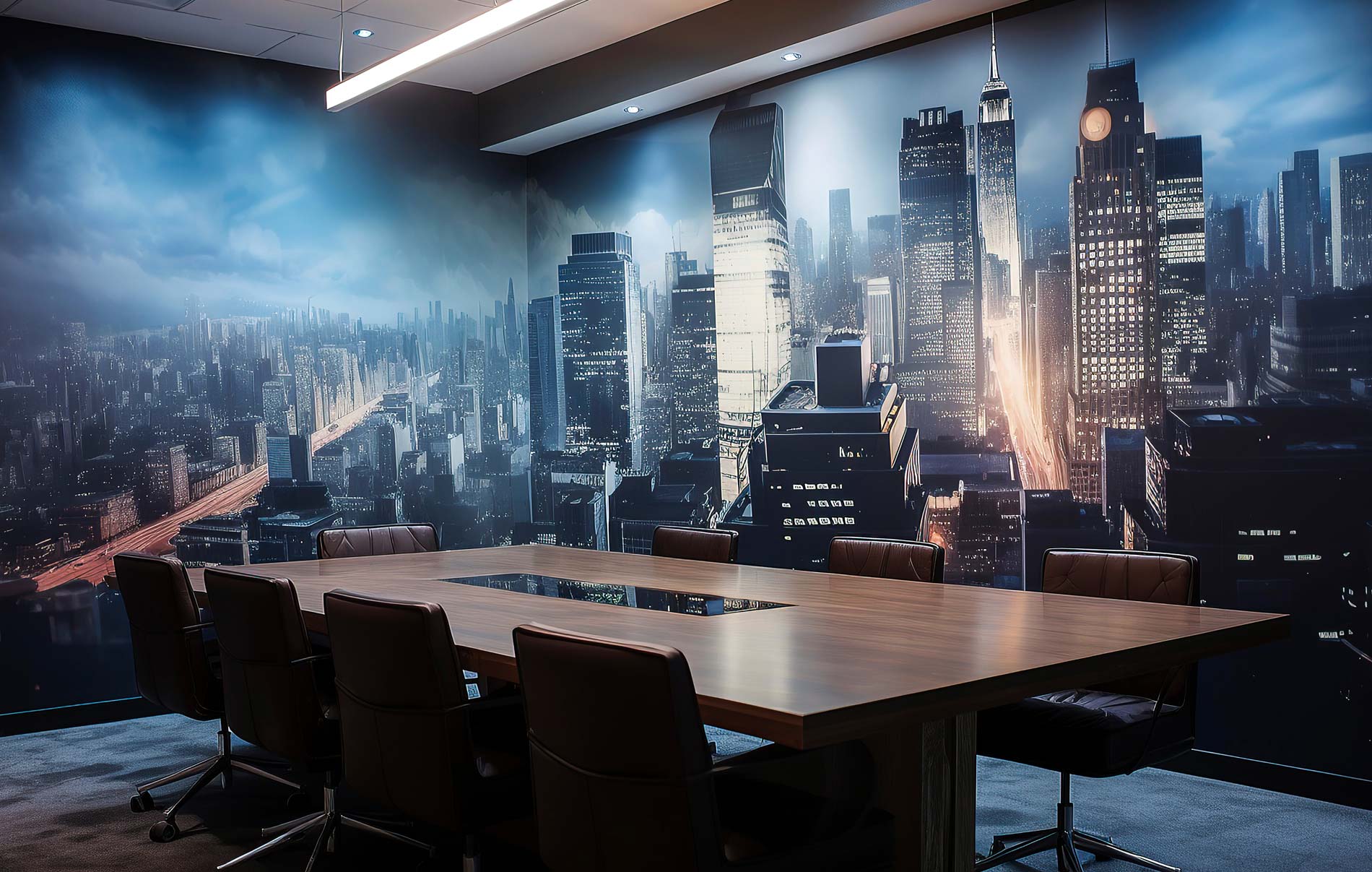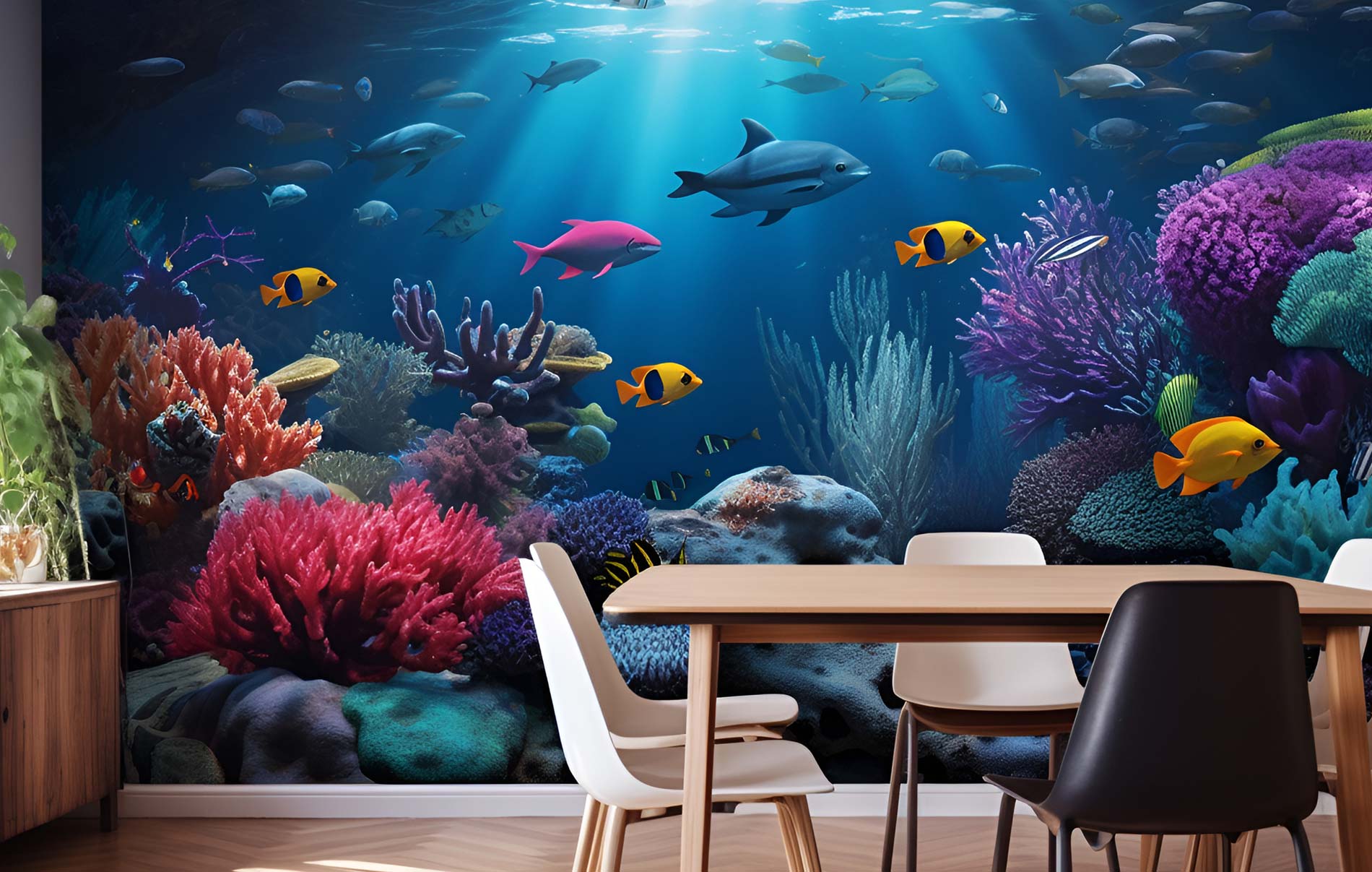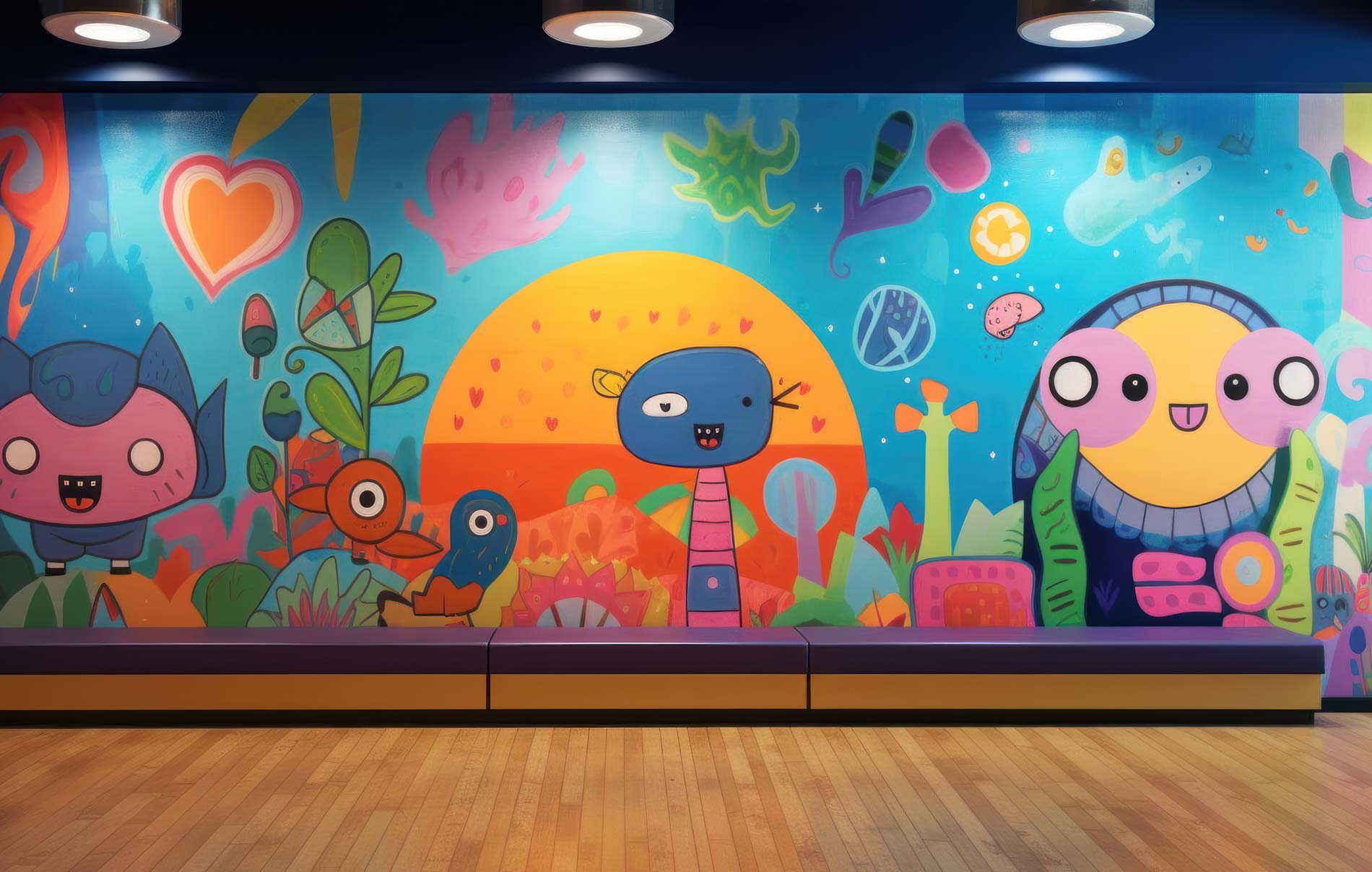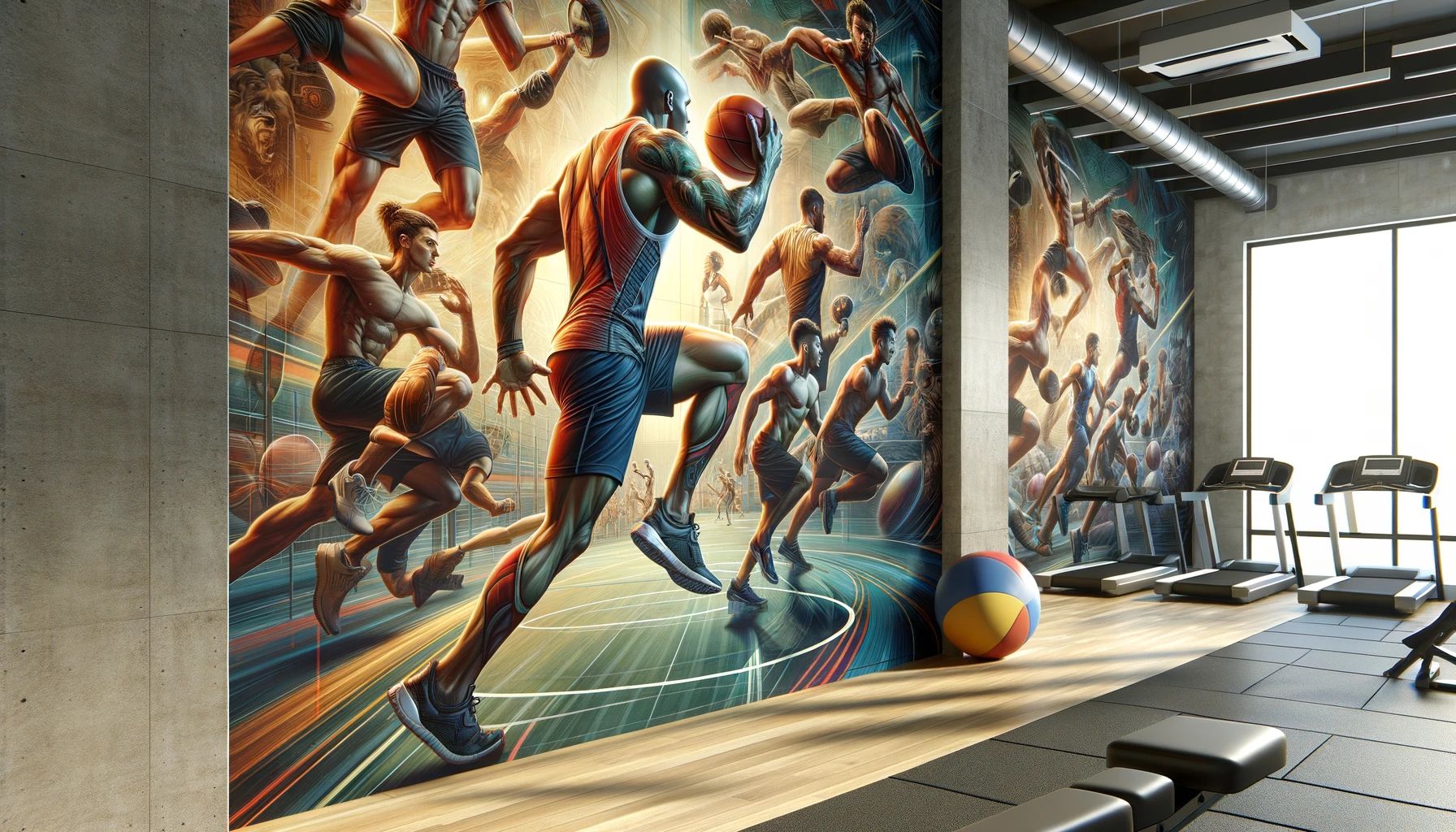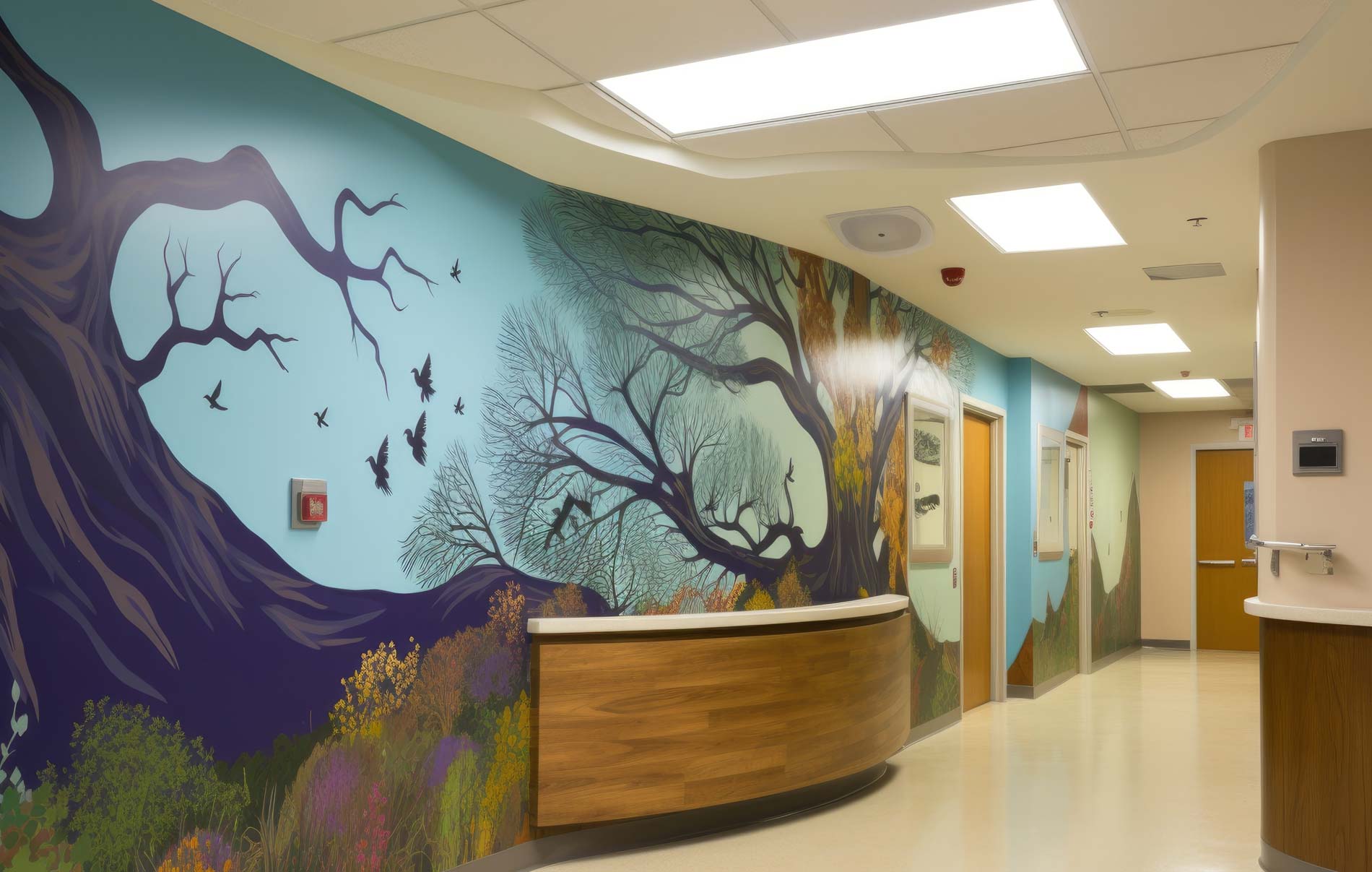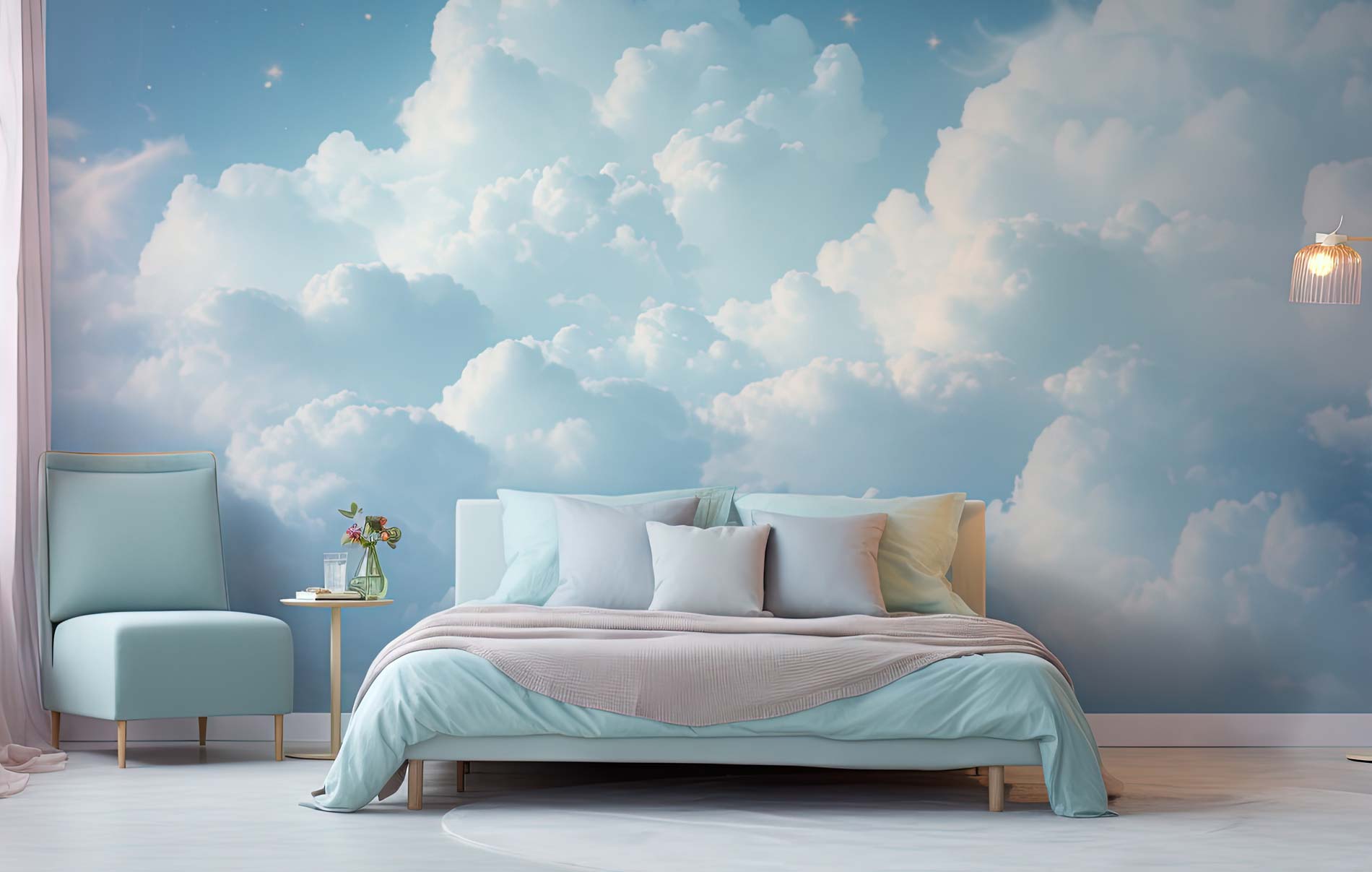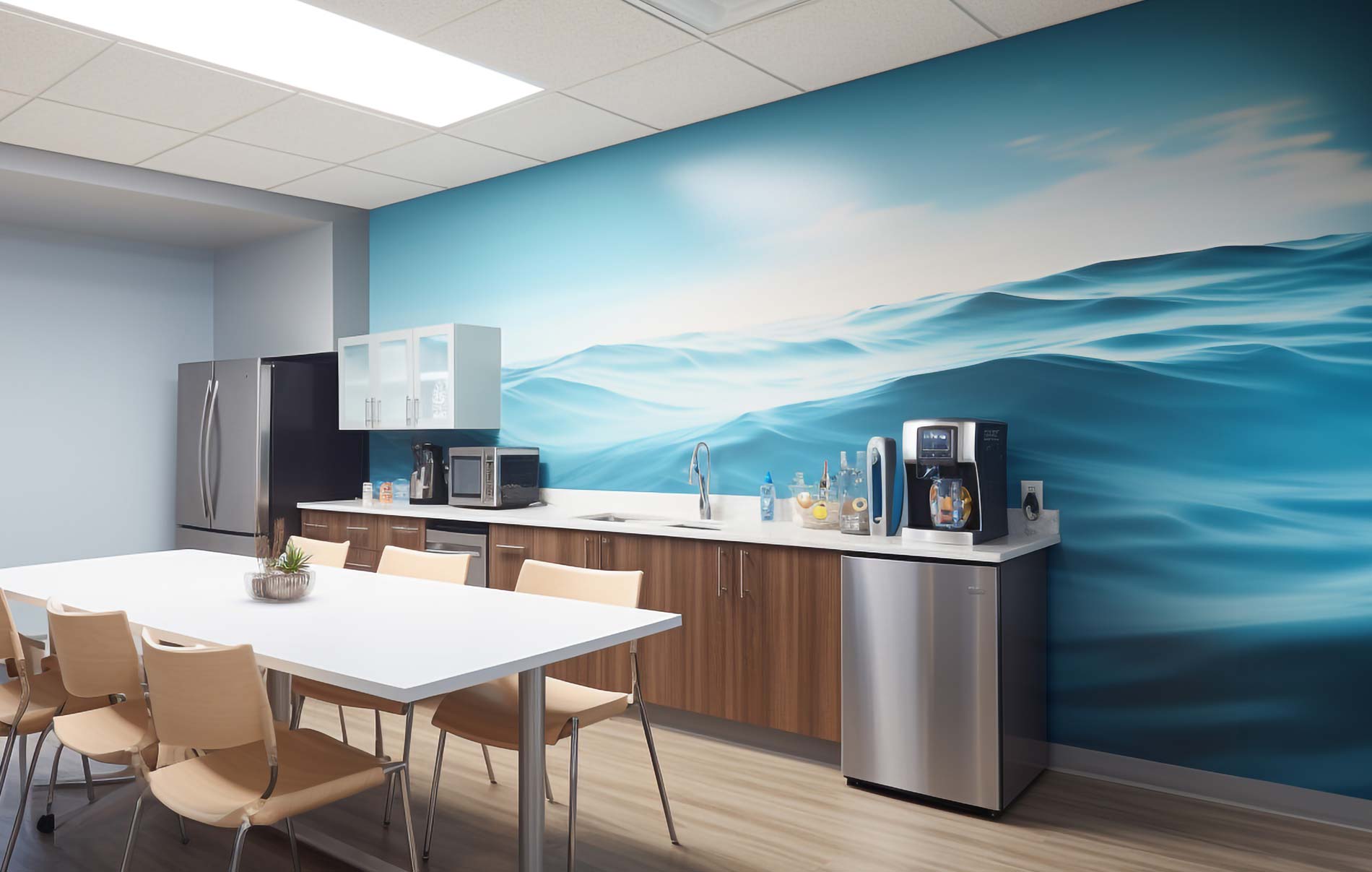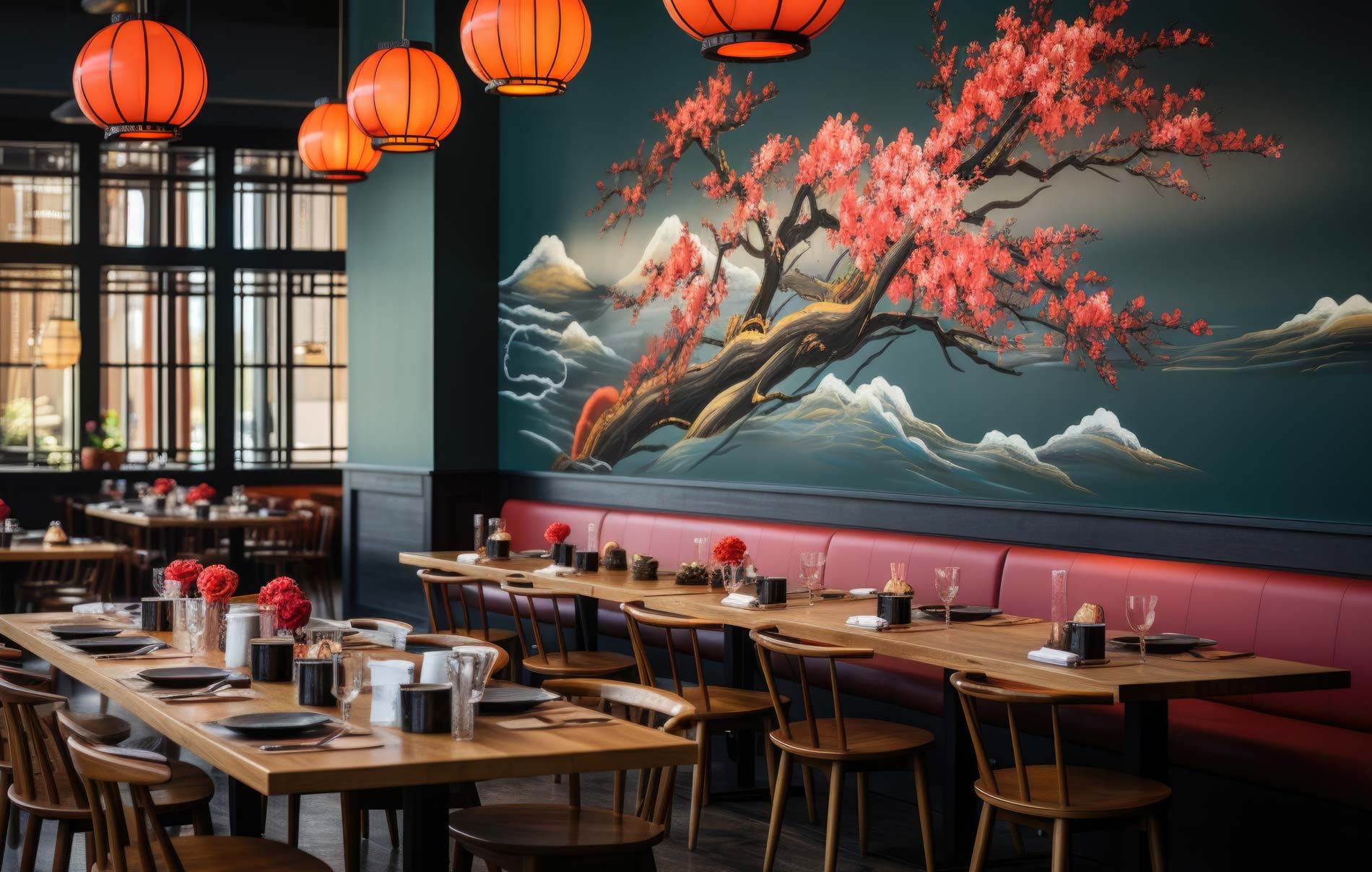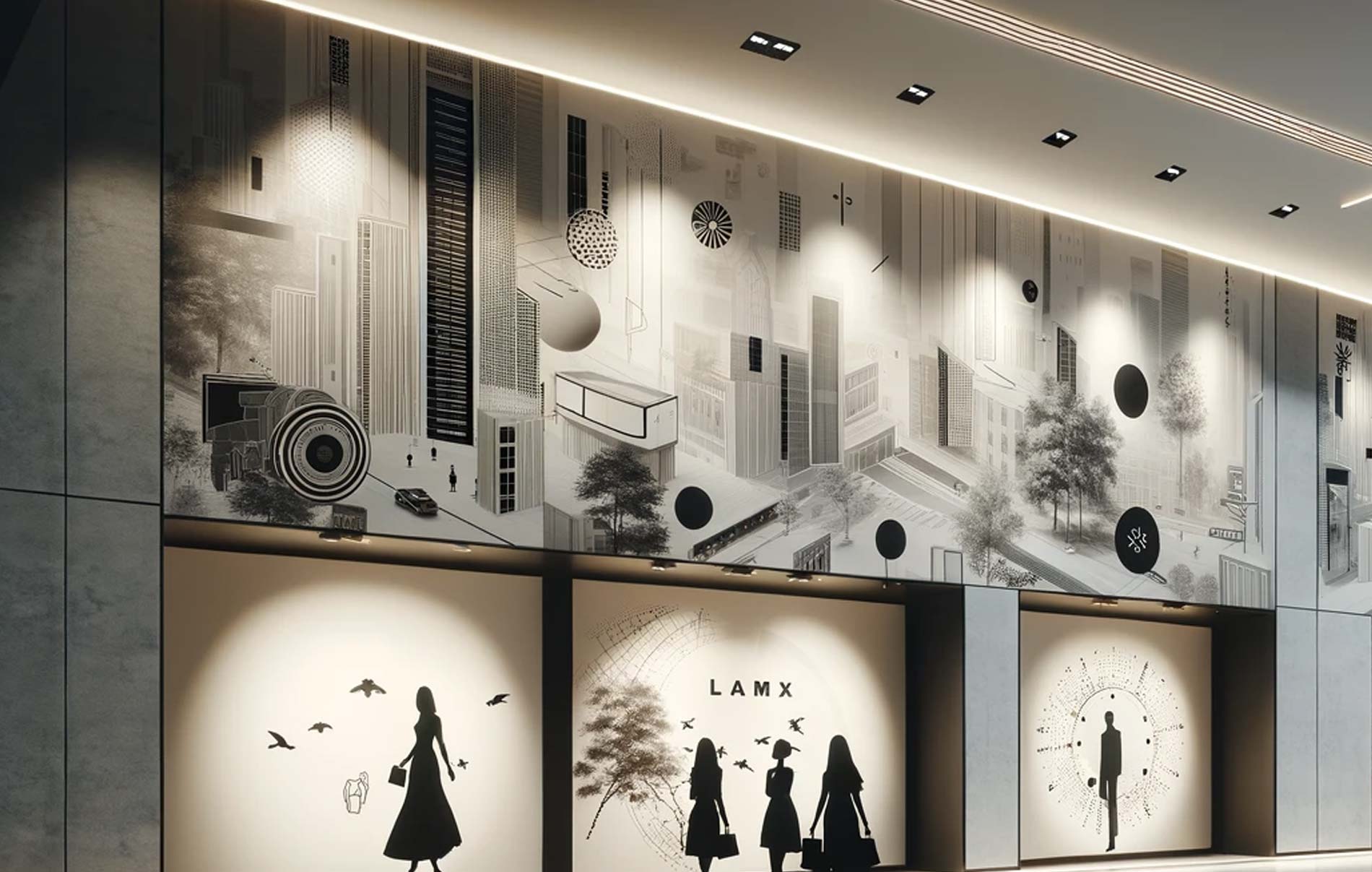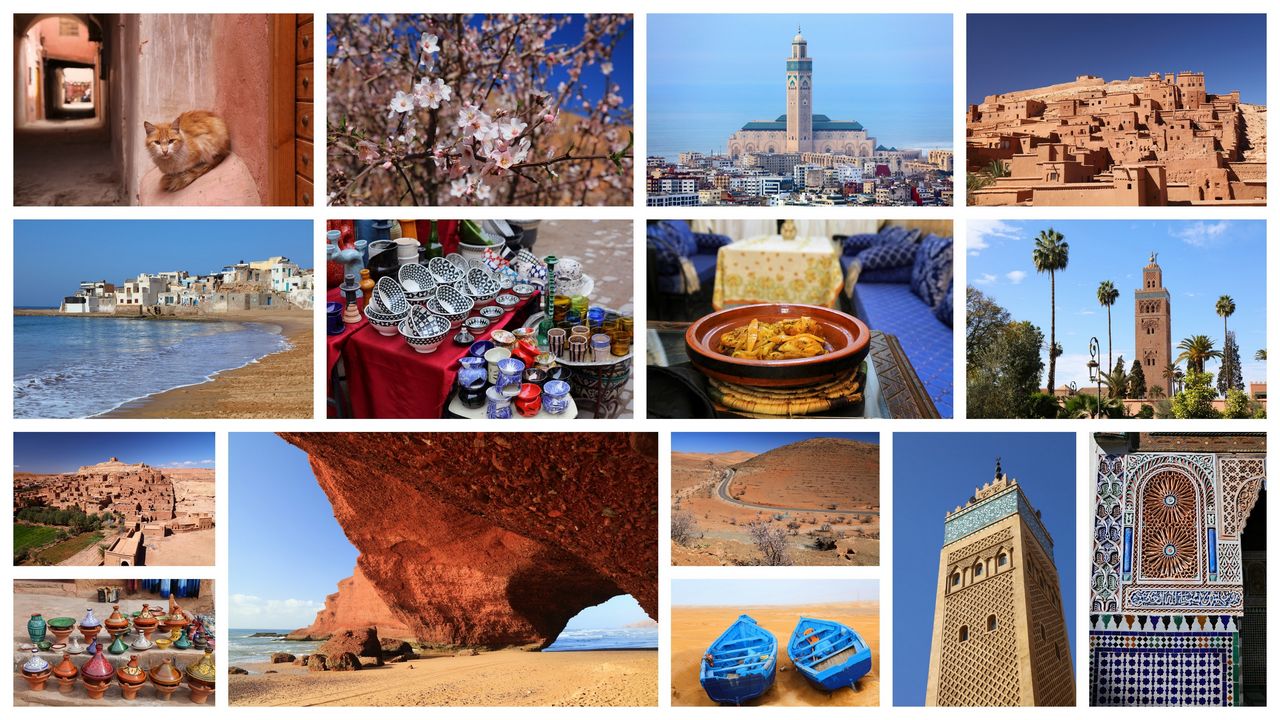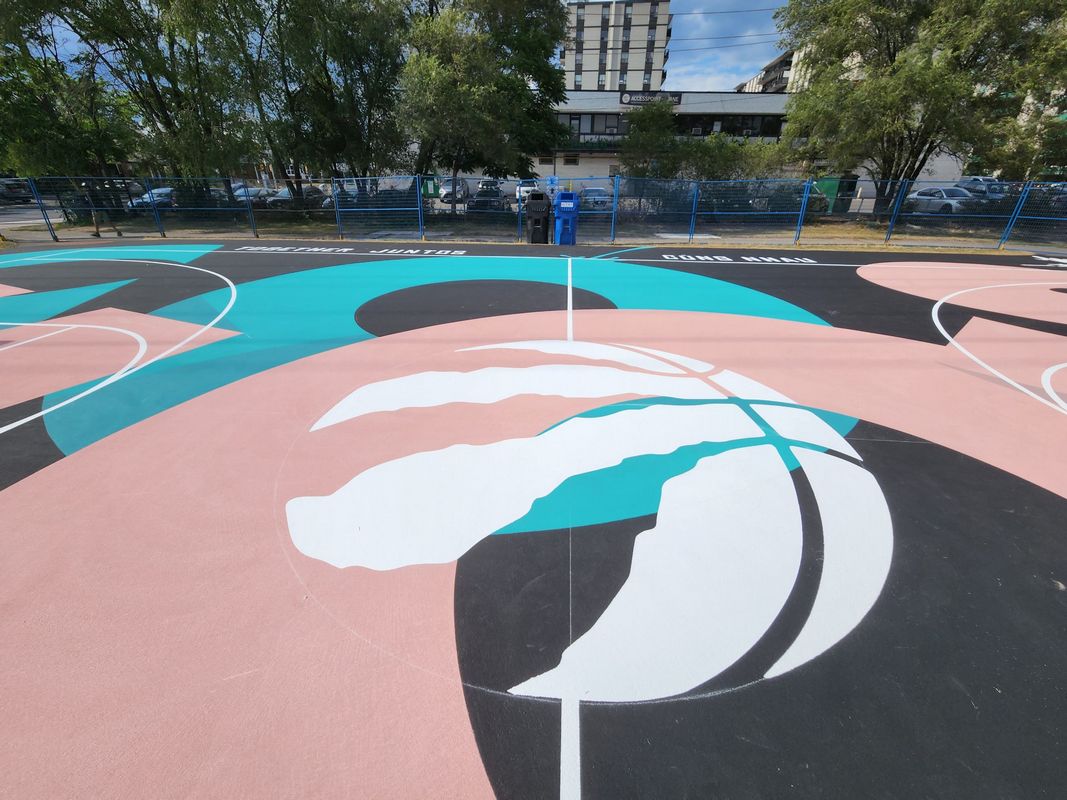Floor Graphics: The Groundbreaking Way to Communicate and Captivate
Floor graphics have emerged as a groundbreaking medium for communication, branding, and engagement. From retail stores and exhibitions to healthcare facilities and events, these visually striking designs on the floor are capturing attention and transforming spaces. In this article, we'll delve into the world of floor graphics, exploring their diverse applications, benefits, and why they are an exciting choice for businesses and organizations.
Versatile Marketing and Branding Tool
Floor graphics provide a versatile platform for marketing and branding initiatives. Whether you're a retailer looking to promote a new product, a museum wanting to guide visitors, or a business hosting an event, floor graphics offer creative ways to capture the imagination. These graphics can be customized to align with your brand's identity, featuring logos, colors, and messages that reinforce your message.
In retail environments, floor graphics can be strategically placed to guide customers to specific product displays, sales, or promotional areas. They can also create an immersive shopping experience by featuring images or themes related to the products being sold. This engagement can lead to increased sales and customer loyalty as shoppers enjoy a visually stimulating and informative journey through the store.
Enhanced Safety and Wayfinding
Floor graphics serve a practical purpose by enhancing safety and aiding in wayfinding. In healthcare settings, for instance, they can be used to mark social distancing measures, guide patients through a medical facility, or indicate safe zones. During the COVID-19 pandemic, floor graphics played a critical role in helping people maintain physical distance and stay safe.
In larger venues such as convention centers, airports, or sports arenas, floor graphics are invaluable for directing foot traffic. They can guide attendees to their destinations, such as conference rooms, baggage claim areas, or stadium entrances, reducing confusion and congestion. By improving wayfinding and safety, floor graphics contribute to a smoother and more efficient experience for visitors.
Interactive and Memorable Experiences
One of the unique aspects of floor graphics is their ability to create interactive and memorable experiences. They encourage people to engage with the space in new and unexpected ways. Interactive floor graphics, often seen in museums and exhibitions, invite visitors to step on and trigger animations, games, or informative content. This level of engagement makes learning or exploring more enjoyable and impactful.
Additionally, floor graphics can be used to tell stories or convey information in a visually engaging manner. In a museum, for instance, a historical timeline can be displayed on the floor, allowing visitors to walk through different periods in history. This interactive approach immerses visitors in the narrative and leaves a lasting impression, making it a valuable educational tool.
Cost-Effective Advertising Solutions
Floor graphics provide a cost-effective advertising solution compared to other forms of media, such as billboards or television commercials. They offer a high return on investment, as they can be produced at a relatively low cost and have a wide-reaching impact. Businesses can change and update their floor graphics easily to match current promotions or seasonal campaigns, ensuring that their messaging is always fresh and relevant.
Moreover, floor graphics are durable and resistant to wear and tear, making them a long-lasting advertising option. They can withstand foot traffic, cleaning, and other environmental factors, maintaining their vibrant appearance over time. This durability contributes to their cost-effectiveness, as businesses can enjoy extended exposure without the need for frequent replacements.
Compliance and Safety Messaging
In industries where safety compliance is paramount, floor graphics play a vital role in conveying important information. Manufacturing facilities, construction sites, and warehouses utilize floor graphics to mark hazardous areas, indicate emergency exits, and display safety instructions. By doing so, these graphics contribute to a safer work environment and help prevent accidents or injuries.
Floor graphics also excel in conveying safety measures during special circumstances, such as the ongoing COVID-19 pandemic. Social distancing markers, hand hygiene reminders, and one-way traffic instructions have become essential in various public spaces. Floor graphics effectively communicate these guidelines to the public, ensuring that safety measures are understood and followed.
Sustainable and Eco-Friendly Solutions
As sustainability gains prominence in business practices, floor graphics offer an eco-friendly advertising and communication solution. Many floor graphic materials are recyclable and use environmentally friendly inks and adhesives, reducing their carbon footprint. This aligns with the sustainability goals of businesses and organizations seeking to minimize their impact on the environment.
Additionally, floor graphics can be used in sustainable initiatives. For instance, they can promote recycling stations or highlight eco-friendly products in retail settings. Their eye-catching designs can draw attention to sustainable practices and encourage consumers to make environmentally conscious choices. By integrating sustainability into floor graphic messaging, businesses can contribute to a greener and more responsible future.
Dynamic Marketing in Retail
Floor graphics are increasingly popular in the retail sector due to their ability to create dynamic and engaging shopping experiences. In brick-and-mortar stores, they can be strategically placed to draw attention to specific products or promotions. For example, a shoe store might use floor graphics to showcase its latest shoe collection, complete with vibrant visuals and compelling messaging. This draws customers' attention and encourages them to explore the featured items.
Moreover, floor graphics can be designed to interact with shoppers. Augmented reality (AR) and QR code integration allow customers to use their smartphones to access additional information or exclusive discounts related to the products displayed on the floor. This seamless blend of physical and digital experiences enriches the shopping journey and leaves a lasting impression, increasing the likelihood of conversion.
Navigational Aid in Public Spaces
Floor graphics play a crucial role in helping people navigate complex public spaces efficiently and safely. In large facilities like airports, train stations, and convention centers, they are essential wayfinding tools. Arrows, labels, and icons on the floor guide travelers to ticket counters, baggage claim areas, and boarding gates. This minimizes confusion and reduces the stress associated with navigating unfamiliar environments.
In healthcare settings, floor graphics are instrumental in guiding patients and visitors to their destinations. Hospitals can use them to mark the way to different departments, clinics, or waiting areas. Pediatric facilities often feature playful and colorful floor graphics to create a welcoming and child-friendly atmosphere, making medical visits less intimidating for young patients.
Unique Event Experiences
Events and exhibitions have embraced floor graphics as a means to create unique and memorable experiences. From trade shows to art exhibitions, event organizers use floor graphics to set the tone, provide information, and engage attendees. In an art gallery, for instance, floor graphics can be used to display the titles and descriptions of artworks, allowing visitors to appreciate the context and significance of each piece.
For outdoor events like music festivals or open-air markets, floor graphics can transform public spaces into immersive environments. Giant floor murals featuring event branding or artistic designs enhance the overall atmosphere, contributing to a sense of identity and unity among attendees. Moreover, interactive floor graphics can be integrated into games or activities, encouraging participation and social interaction.
Show less

